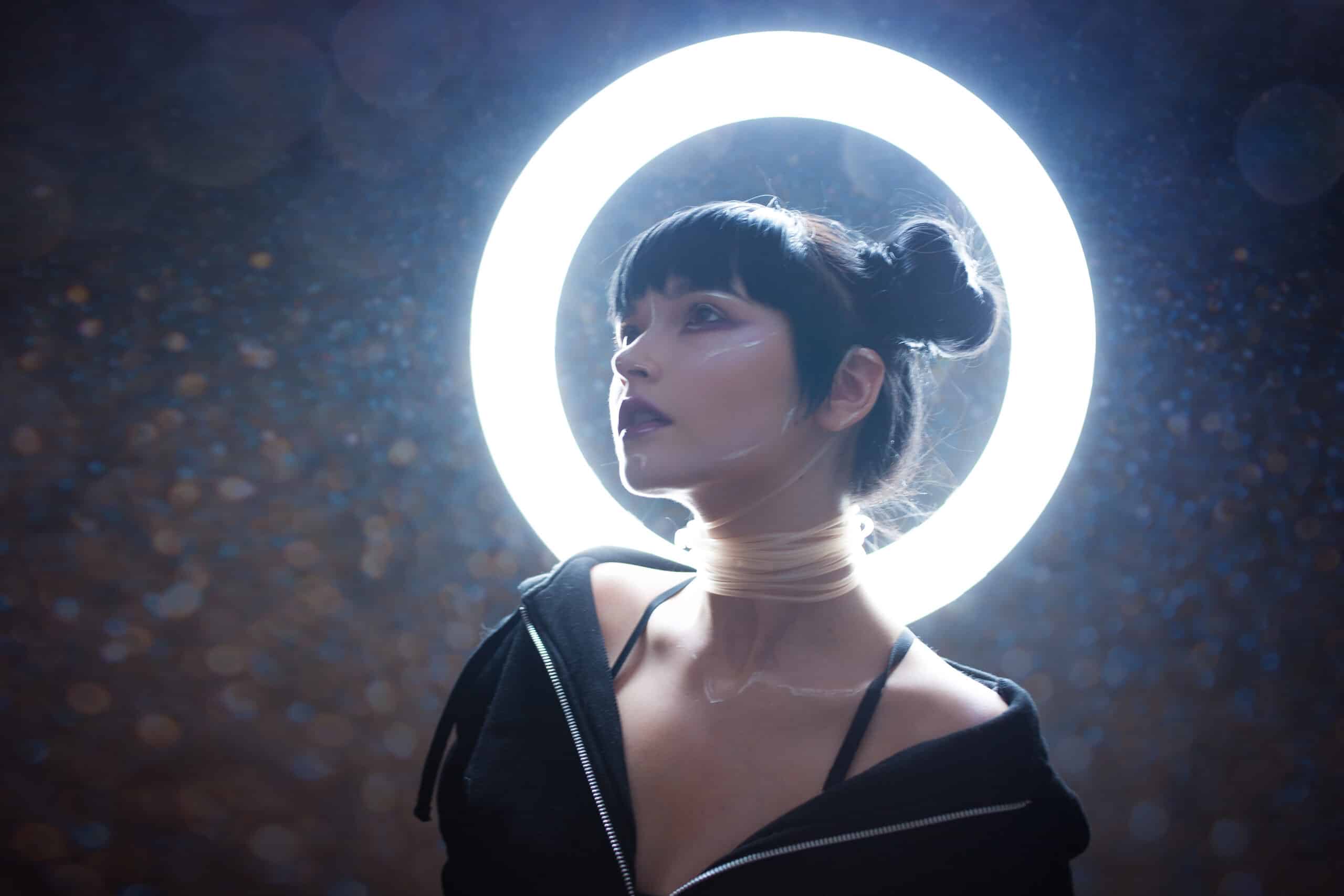Quick Definition: The Halo Effect describes people’s tendency to let one positive trait guide their total opinion of a person, product, or experience.
What is the Halo Effect?
Coined by psychologist Edward Thorndike, the Halo Effect (sometimes called the Halo Bias) describes people’s tendency to let one positive trait guide their total opinion of a person, product, or experience.
Thorndike discovered the effect after noticing that commanding officers in the military judged their soldiers to be either all good or all bad. Almost no one was described as good at one thing but bad at another. One positive or negative trait disproportionately influenced the officers’ opinions.
Another application of the Halo Effect relates to attractiveness. People consider good-looking individuals more intelligent, more successful, and more popular. Attractive people even receive lighter prison sentences when judged for the same crime as an unattractive person.
The Halo Effect has implications for customer experience, marketing, and advertising as well.
How the Halo Effect Can Improve Your Marketing
Being aware of how the Halo Effect influences users can help you craft a better experience. For example, studies have found that the attractiveness of a website affects users’ opinions on usability. A beautiful site with an unacceptable task failure rate will still get a high user satisfaction rating. Why? Because the aesthetics created a halo that overrode the functionality of the site.
In retail experiences, the halo of one product’s promotion on a related product’s sales can be powerful. Research firm Analytic Partners has shown that halos can return averages of 150–300% on marketing investment, in the form of related product sales. Some campaigns showed as much as a 10x return.

Photo by NordWood Themes on Unsplash
Examples of the Halo Effect in Action
1. Beautiful design effects perceptions of an entire experience
When people like the design of a site, they rate the entire experience more highly. Researchers at The Decision Lab ran a study in which they showed users two login pages. Each page had identical functionality, but different levels of design. The researchers then asked users to rate the pages’ attractiveness.
When users liked the design of a page, they were more likely to rate it as intuitive, reliable, and secure. The difference between the perceived performance of each page was staggering. The attractive page was rated:
- 104% more reliable
- 37% more intuitive
- 152% more resilient to hacking
Why? It’s down to the powerful Halo Effect that design has on digital experiences. The more beautifully designed, the more functional an experience is perceived to be. (The Halo Effect we see of design on usability even has a specific name - it's called the Affect-Usability Effect)
2. Putting one product on promotion can drive sales of an entire category.
Some products, when promoted, can drive sales of an entire category. Their promotion works as a mental trigger that reminds people to buy related items.
Consulting firm McKinsey found that dental care items are powerful mental triggers. For example, putting a toothbrush on sale drives people to buy more products in the overall oral care category — such as toothpaste, mouthwash, and floss.
3. Showing certain products can drive sales of complementary products.
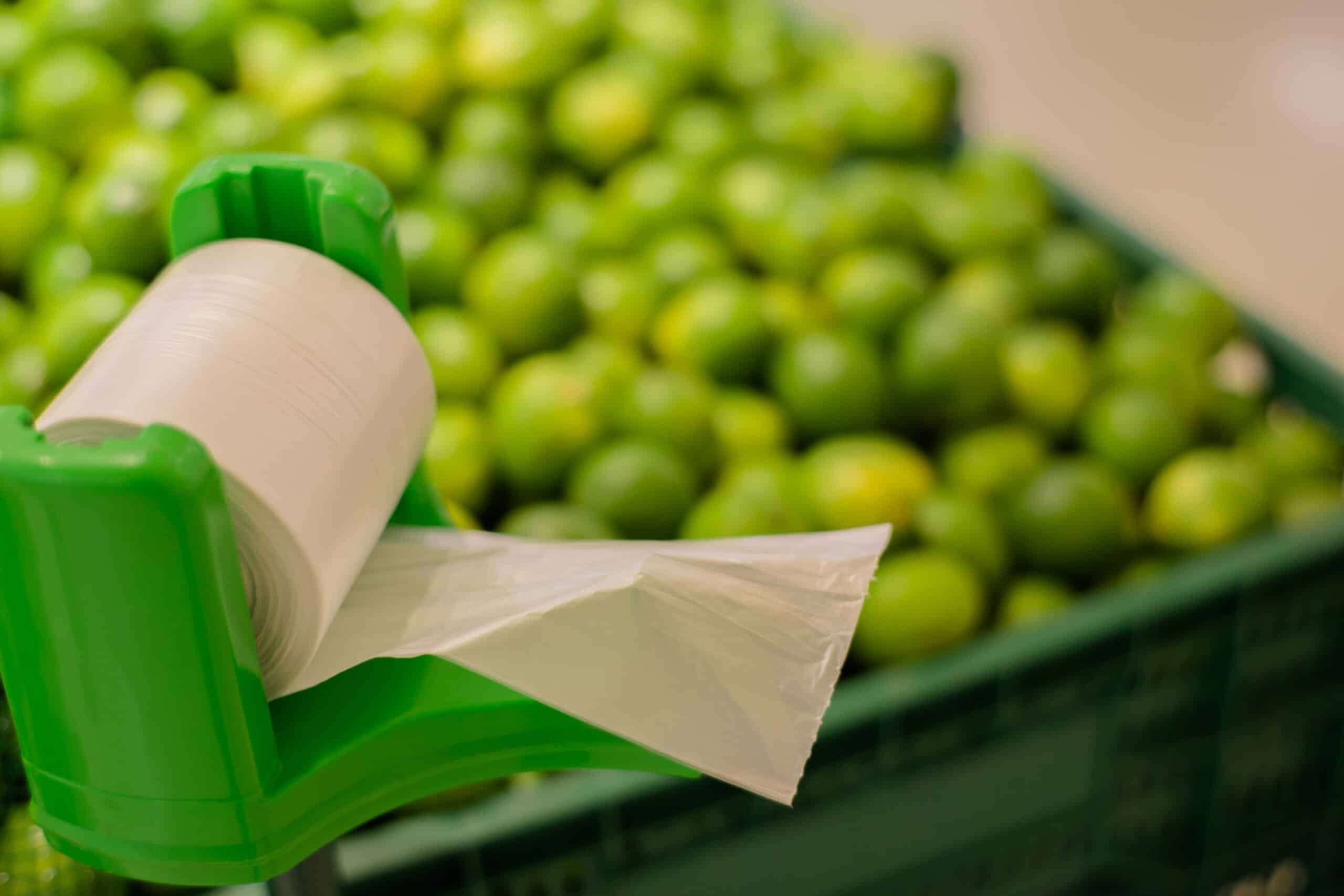
Source: Adobe Stock
Specific products can “punch above their weight” when placed in multiple locations. For example, McKinsey’s analysis found that limes drive sales of chicken, vegetables, rice, pasta, and alcohol in U.S. grocery stores.
According to McKinsey, this is because limes are a key ingredient in many Mexican dishes — a popular cuisine in the United States. Limes cause shoppers to make extra unplanned purchases. They don’t even have to be on sale. Simply placing baskets of limes in different locations in the store drove sales of complementary products.
Real World Examples of the Halo Effect in Business
The Halo Effect has the power to create, transform, and even resurrect huge brands… but only if you use it the right way. The best ones know you have to go beyond the gloss to create a deeper connection between the brand and celebrity.
1. McDonald's
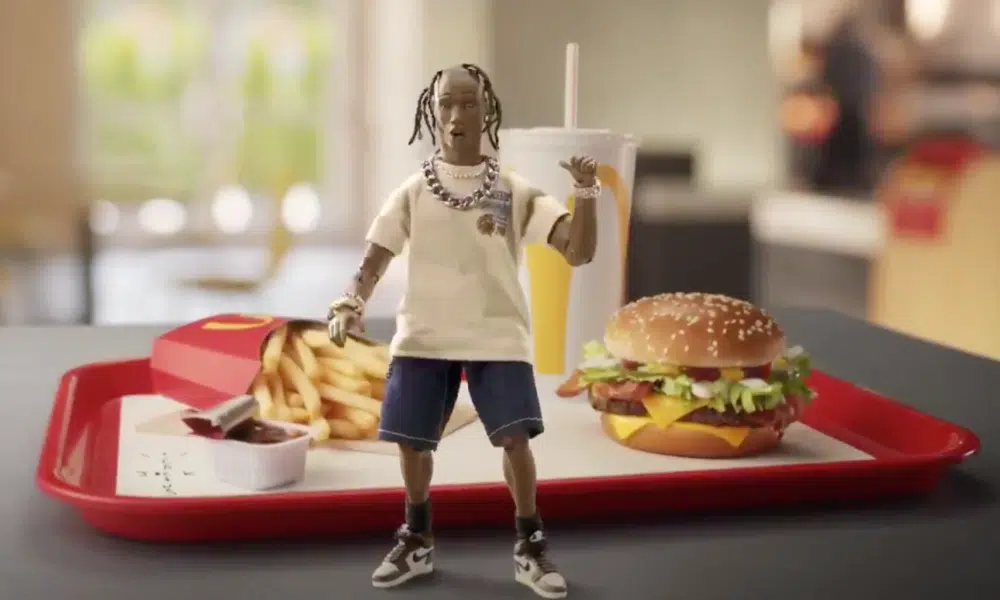
Throughout its history, McDonald’s has known that celebrity holds power. And in 2020, they partnered with entertainer Travis Scott to create the Cactus Jack meal.
When this meal debuted, McDonald’s was suffering. With nationwide closures and Covid-driven uncertainty, their marketing plans were cancelled or postponed until restaurants could reopen.
The Cactus Jack meal was so successful that CNBC reported shortages of quarter pounders across the country. Fans were stealing posters off the side of restaurants, they couldn’t get enough. McDonald’s US quarterly sales rose 4.6%. A huge turnaround given what was happening in 2020.
The Cactus Jack meal was just a simple remix of existing products, a standard Quarter Pounder with cheese topped with lettuce and bacon, a side of fries with BBQ sauce, and a Sprite with extra ice.
But it was the personal touches that made it feel so authentic.
Extra ice is something anybody could get, but it felt uniquely personal to Scott, because it was pulled off the existing menu. It made Travis Scott feel relatable, and it felt like you were getting something almost intimate, when you ordered his meal.
2. Crocs
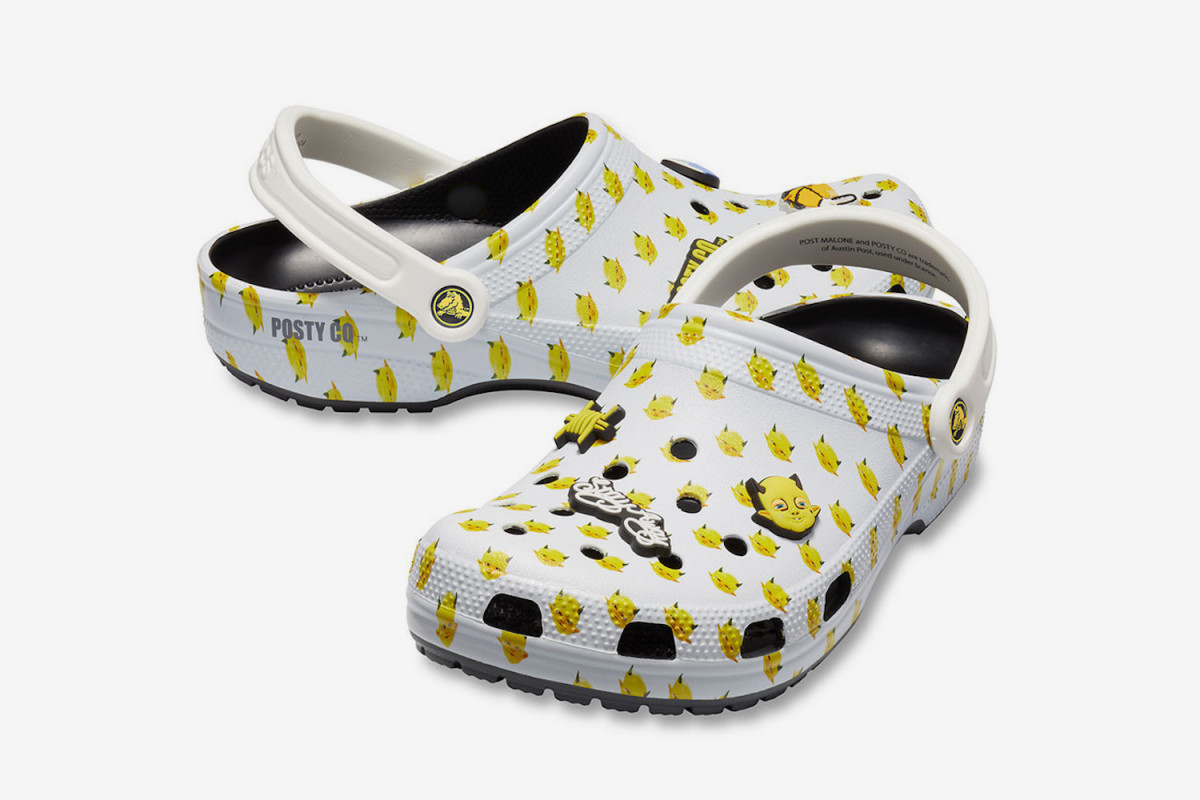
In the early 2000’s Crocs were unstoppable. Everyone seemed to be into this ugly, but comfortable, shoe. It was a bonafide hit product, but by 2007 the fad had started to fade. But when the musician Post Malone, a self-identified Crocs addict, partnered with the brand in 2018 to create a shoe called the “Dmitiri,” the brand started looking cool again. After the Dmitri sold out in under 3 hours, other brand fans lined up to collaborate with Crocs: Justin Bieber, Arriana Grande, and even fashion house Balenciaga have worked with the brand.
3. Nike
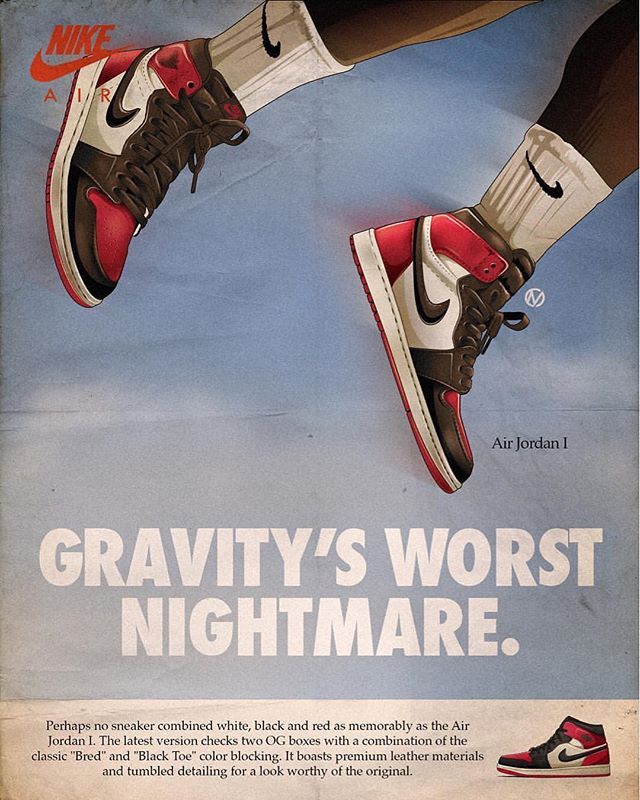
Because of the Halo Effect of Michael Jordan and his incredible career, the Air Jordan brand is worth an estimated $10 billion dollars.
None of that would have been possible without the Halo Effect of Michael Jordan’s stardom - but stardom isn’t enough.
Like the McDonald’s meal, authenticity was key to the shoe’s success. Michael Jordan helped Nike develop his shoe, and he actually wore AirJordans in the NBA for a year before they were available for customers to purchase.
How to Apply the Halo Effect
1. Associate authorities and celebrities people with your product
The Halo Effect of celebrities and authorities who recommend your product can be massive. Your brand can borrow a bit of their shine and share the trust that people have in these figures. Make sure to vet potential partners, as associating your product with a celebrity does come with some risk.
For example, Actor Matthew McConaughey has been the creative director of Wild Turkey bourbon since 2016. And when rapper and designer Ye (Kanye) West partnered with Adidas to create billion-dollar fashion brand Yeezy, the partnership highlighted the risks of partnerships.
2. Create aesthetically-pleasing experiences
As we saw in our example, the attractiveness of digital design will influence users’ perceptions of its functionality. But pleasant smells, tastes, touches, lighting, and temperatures can also have a Halo Effect on other parts of an experience.
Managing the sensory presentation of your digital and physical experiences can have a significant impact on sales.
3. Use proximity and bundling to your advantage
In our lime example earlier, we saw that some items drive the purchase of related products. If you can identify these key products, try putting them close to associated products (such as chicken, in the case of limes). Consider bundling these items together with a more expensive but related product (such as alcohol).
If you missed this edition of the free Choice Hacking newsletter, I dived into an analysis of how Walmart uses well-known electronics brands to drive value perceptions, leveraging Authority Bias as well as the Halo Effect.
🚀 Learn what makes buyers tick
Join 8k+ of world's best marketers from brands like Disney, Coca-Cola, Google who are learning marketing psychology in <5 mins a week.
The Bottom Line
The Halo Effect can have powerful, and sometimes unpredictable, effects on your customers. Be sure to run small experiments with this principle, before applying it to your entire experience.
To apply the Halo Effect, ask yourself:
- How do users perceive the aesthetics of our brand or digital experience? Could it be time for a refresh?
- Are there any products that seem to “punch above their weight” that we can show at different parts of our experience, or bundled with other products?
- Could we better leverage quality, sustainability, or fair trade symbols in our experience, so we’re getting the full customer benefit?

